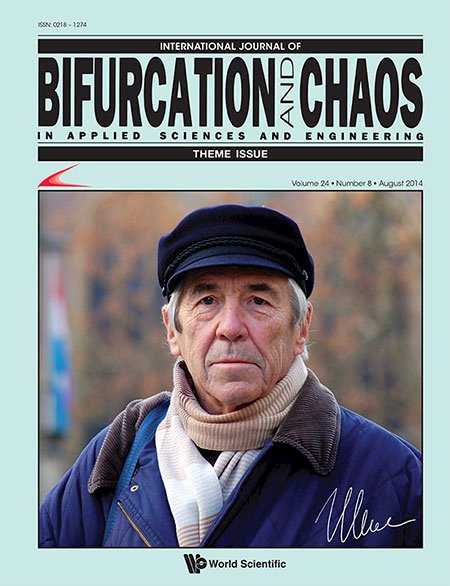When Transitions Between Bursting Modes Induce Neural Synchrony
Abstract
We study the synchronization of bursting cells that are coupled through both excitatory and inhibitory connections. We extend our recent results on networks of Hindmarsh–Rose bursting neurons [Belykh et al., 2014] to coupled Sherman β-cell models and show that the addition of repulsive inhibition to an excitatory network can induce synchronization. We discuss the mechanism of this purely synergenic phenomenon and demonstrate that the inhibition leads to the disappearance of a homoclinic bifurcation that governs the type of synchronized bursting. As a result, the inhibition causes the transition from square-wave to easier-to-synchronize plateau bursting, so that weaker excitation is sufficient to induce bursting synchrony. We dedicate this paper to the memory of Leonid P. Shilnikov, the pioneer of homoclinic bifurcation theory, and emphasize the importance of homoclinic bifurcations for understanding the emergence of synchronized rhythms in bursting networks.



